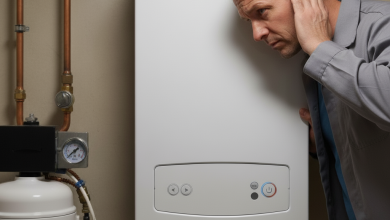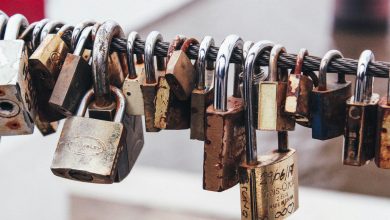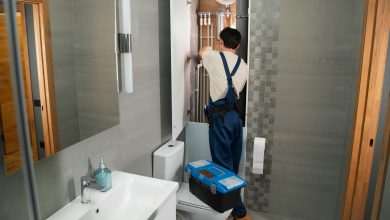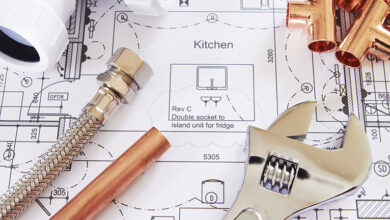The ultimate tool kit: essential plumbing tools for every homeowner
Have you ever had a dripping tap, a running toilet, or a blocked drain and felt a wave of helplessness because you didn’t have the right tools? It’s a common feeling, but a little preparation can go a long way. Having a simple but effective DIY plumbing kit on hand can save you time, stress, and money on those minor household annoyances.
You don’t need a van full of specialist gear to be prepared. A basic set of beginner plumbing tools will empower you to tackle a surprising number of common issues yourself. This isn’t about becoming a certified plumber; it’s about feeling confident and capable. So, if you’re asking yourself, “what plumbing tools do I need?”, you’ve come to the right place.
Here’s our friendly guide to building your very own essential plumbing toolkit.
Your essential plumbing tools list: the must-haves
Every single tool on this list is genuinely helpful, easy to use, and a savvy investment for your home.
- Adjustable wrench
- What it is: a versatile wrench with a jaw that can be adjusted to fit nuts and bolts of various sizes.
- What it does: it’s your go-to for tightening and loosening nuts, particularly on pipes and fittings. A good-quality adjustable wrench is an absolute must-have.
- Plunger
- What it is: the classic bathroom plunger, with a rubber cup at the end of a stick.
- What it does: it uses suction to create pressure and dislodge blockages in sinks, showers, and toilets. A flat-bottomed plunger is best for sinks, while a flanged plunger (the type with an extra inner ring) is ideal for toilets.
- Channel-lock pliers
- What they are: plumbers’ pliers with adjustable jaws and long handles for extra leverage.
- What they do: these are your best friends for gripping, turning, and holding pipes and nuts of different sizes. They are arguably the best plumbing tools for DIY in terms of versatility.
- Radiator key
- What it is: a small, simple tool with a square or slotted head.
- What it does: it’s specifically used to bleed radiators, releasing trapped air and ensuring your heating system works efficiently.
- Plumber’s tape (PTFE tape)
- What it is: a thin, white tape that is used to create a watertight seal.
- What it does: you wrap this around the threads of pipe joints to prevent leaks. It’s cheap, easy to use, and highly effective.
- Bucket and old towels
- What it is: exactly what it sounds like!
- What it does: a bucket is vital for catching water from a leak, and old towels are perfect for mopping up spills and protecting your floor.
- Torch or headlamp
- What it is: a simple light source.
- What it does: plumbing work often happens in dark, cramped spaces—under sinks, behind toilets, and in basements. A hands-free headlamp is particularly useful.
- Screwdriver set
- What it is: a set of flathead and crosshead screwdrivers.
- What it does: you’ll use these for everything from prying off tap covers to tightening or loosening screws.
When to bring in a pro
It’s important to be savvy enough to know when your DIY skills have reached their limit. This essential tool kit is fantastic for common issues like a minor blockage, a simple leak, or a radiator that needs bleeding. However, for bigger jobs, you should always call a qualified plumber.
You should call a pro for:
- Any major leak that won’t stop.
- New pipe installations or relocations.
- Gas boiler or central heating issues (never attempt these yourself).
- Any job that feels unsafe or beyond your comfort level.
Being a good homeowner or tenant means knowing your limits. The right professional will have the expertise, specialist tools, and insurance to get the job done safely and efficiently. Remember, whether it’s a simple fix you can do yourself or a complex job that needs a professional, Rated People is here to connect you with the right person for the job.
With Rated People, you have the power to get it done. Find a trusted, local tradesperson today.




